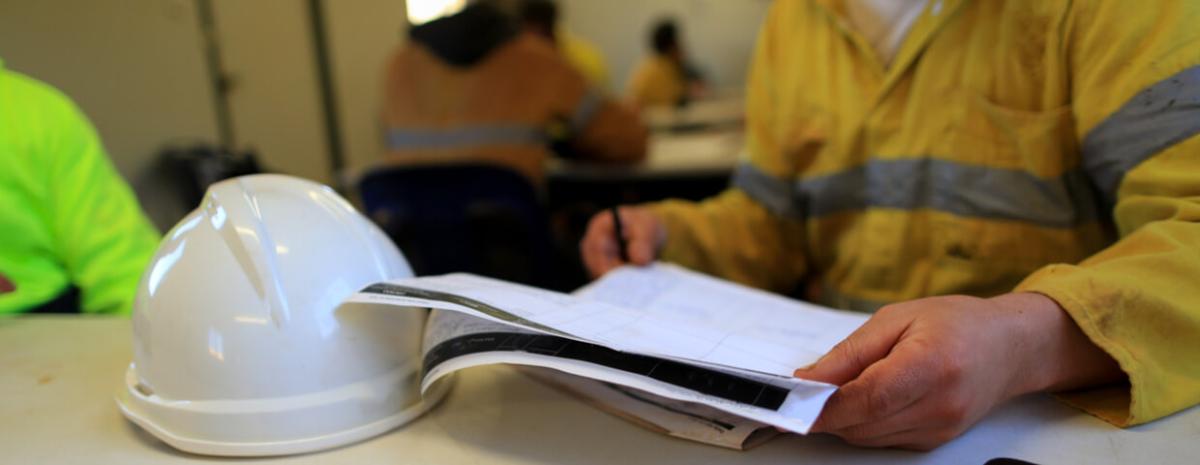
If you're seeking comprehensive information on MSHA guidelines, workplace safety, and the finer aspects that can make a significant difference in your training courses, you've landed on the right page. In this article, we'll delve deeper into MSHA Parts 46 and 48, equipping you with a thorough understanding of their purpose, significance, and how to seamlessly incorporate them into your complete workplace safety training regimen.
What You Need to Know
Let's address some of the prominent questions you may have about MSHA and workplace safety training:
What is MSHA?
MSHA, or the Mining Safety and Health Administration, shares a similar objective with OSHA: ensuring the safety of you and your workers while on the job. MSHA specifically focuses on the mining industry, providing guidelines and regulations to prevent accidents and promote a secure work environment.
What are Parts 46 and 48?
MSHA has established specific safety training guidelines tailored to different types of mines, working conditions, and potential hazards. These guidelines are categorized into two main parts:
Part 46:
Part 46 applies to surface mines, encompassing various materials such as sand, clay, gravel, limestone, cement, marble, and granite. If your mining operations fall within this scope, you must adhere to the regulations outlined in Part 46.
Part 48:
Part 48, on the other hand, pertains to "uncategorized mines." This includes underground mines and other types of mining that do not fit the surface mine description mentioned in Part 46. If your mining activities take place underground or involve the extraction of metals, Part 48 applies to your operations.
Understanding the Difference
The primary distinction between Parts 46 and 48 lies in the location of the mine: Part 46 applies to above-ground mines, while Part 48 addresses underground mines. Additionally, these parts differentiate between the types of materials being mined: Part 46 focuses on non-metal mining, while Part 48 encompasses mining operations involving metals.
Why Does It Matter?
It is essential to grasp the significance of distinguishing between Parts 46 and 48. MSHA guidelines ensure you possess the knowledge and tools to safeguard yourself, your company, and your employees from potential mining hazards. Understanding the differences between these two parts enables you to establish accurate and reliable training regimens that fully comply with regulations. This includes determining the duration of training, the topics to be covered, and the appropriate training methods, such as online classes, that you can utilize.
Expand Your Knowledge of MSHA Guidelines
If you require additional information on MSHA guidelines or need assistance with workplace safety training courses, we're here to help. Contact us today to enhance your understanding of MSHA regulations and develop effective training programs that prioritize the safety and well-being of your workforce.
Are you looking for more information on MSHA guidelines? Need help with workplace safety training courses? Contact us today!
